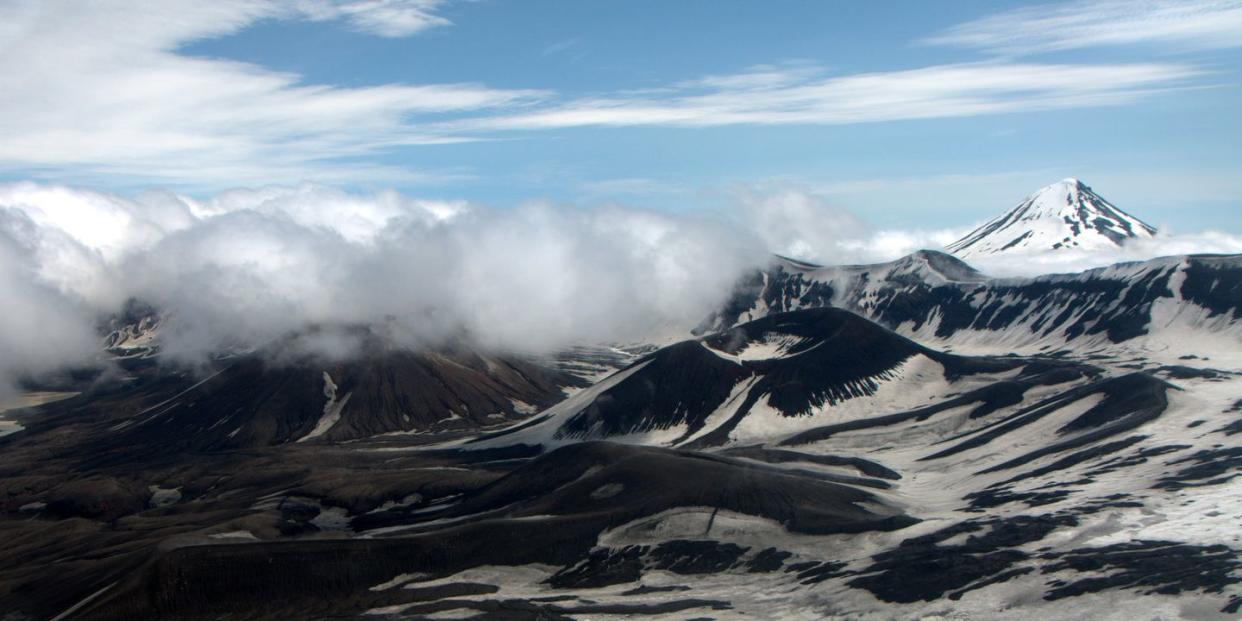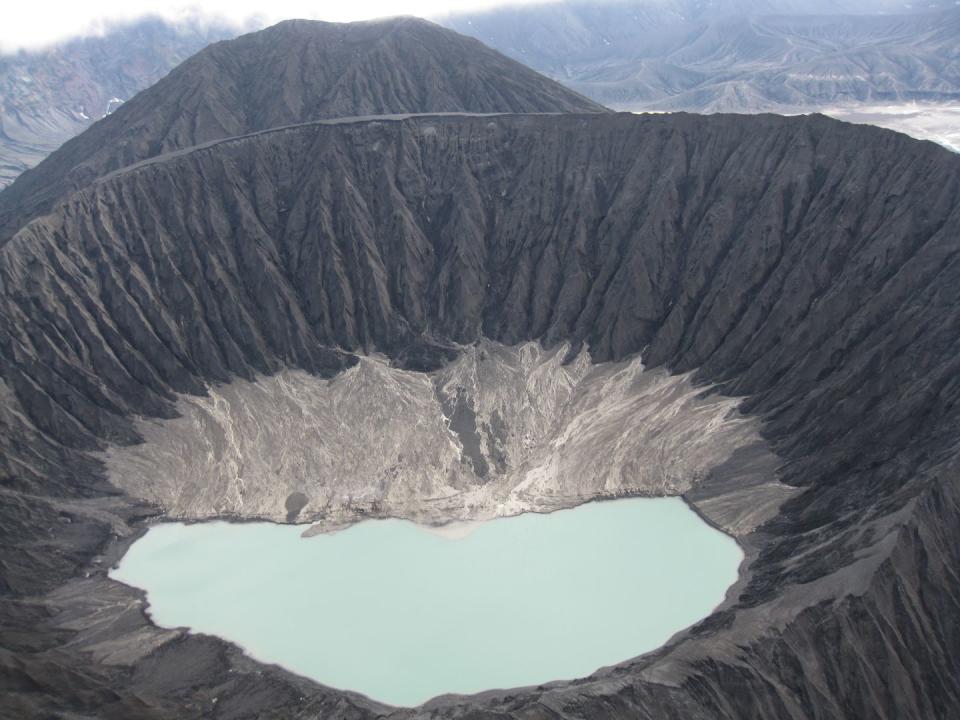A Game-Changing Way to Predict Volcanic Eruptions

Volcanologists are using powerful supercomputers to forecast volcanic eruptions.
Fractures in rock along a volcano’s magma chamber can cause tiny movements along the volcano that indicate that an eruption is imminent.
Scientists use GPS and satellites to measure this deformation and can input this data into models that track the probability of whether an eruption will occur.
On July 19, 2008, volcanologists at the Alaska Volcano Observatory were stunned to see evidence of an eruption at Okmok Volcano in the remote Aleutian Islands. Usually, there are clues that a volcano may soon erupt: heightened gas emissions, seismicity, and ground deformation. In the case of Okmok, however, there was little to no warning in the months prior.
Now, scientists from the University of Illinois, Southern Methodist University, and Michigan State University have developed a new forecasting technique that harnesses the power of supercomputers to predict Okmok-style eruptions that show few signs of unrest beforehand.
“We have a lot of work to do to understand the underlying mechanics” behind volcanic eruptions, says volcanologist and study coauthor Patricia Gregg of the University of Illinois. “We can use statistics to tease out patterns,” she tells Popular Mechanics.
To test their technique, the scientists turned to a method called hindcasting, which uses computer models to “predict” events that have already occurred. The team gathered data from GPS ground sensors and NASA’s InSAR satellite (both of which tracked Okmok’s subtle movements between 2003 and 2008), plugged them into a model, and ran simulations, according to a paper published last week in Geophysical Research Letters.

“Our models are producing a bunch of different predictions of what that magma chamber is doing to produce [the movement] we see at the surface,” Gregg says. Supercomputers allow volcanologists to run hundreds of simulations at a time, producing a probability. Some simulations report that the volcano will not become active, while others trend toward mechanical failure within the magma chamber, which can lead to an eruption.
The process is very similar to how hurricane predictions are made.
“When we do it with hurricanes, we'll see landfall maps where there's a cone of probability of where the hurricane could fall,” Gregg says. “That cone of probability is made up of hundreds of models that are being propagated forward in time.”
Instead of looking at the humidity, wind speed, or precipitation levels inside a swirling cyclone, the new technique looks at how readily rocks around a volcano’s magma chamber break.
"It's state of the art in volcano monitoring," volcano seismologist Matt Haney, of the U.S. Geological Survey and the Alaska Volcano Observatory, tells Popular Mechanics. "It's a very forward-looking method that we'll be using in the future."
Each volcano is unique, and the rocks within their magma chambers fail in different ways. Gregg’s method tested three types of rock failure. Some rocks succumb to tensile stresses, which pull them apart, while others experience shear failure along a fault plane as magma pushes against them. Overpressure failure occurs when the top seal of the magma chamber weakens. The model was able to pinpoint which type of failure Okmok experienced.
“In Okmok's case, we saw that the probability of tensile failure in the magma chamber started to spike about a month or two before the actual eruption occurred,” Gregg says. “If these models had been used by the monitoring agency, they would have seen this sort of uptick in the potential activity leading up to the eruption.”
David Fee, a volcanologist with the Geophysical Institute at the University of Alaska, Fairbanks, agrees that the technology is promising, but notes that the new technique isn’t a silver bullet. “With volcano monitoring, we don’t just rely on one model or data stream,” Fee tells Popular Mechanics. “Each volcano is different and some other method might be more appropriate.”
Supercomputers provide an unparalleled benefit, allowing scientists to run hundreds of models simultaneously. Developing real-time forecasts is difficult because of the large amounts of data collected about each volcano that need to be plugged into the model and processed. Still, Gregg and her team are working with the Alaska Volcano Observatory to create a set of models each of the region’s active volcanoes.
“In a perfect world, you’d have a constantly running model for each volcano, and then every day, as new observations are recorded at those volcanoes, you would update the forecasts similar to a weather forecast,” Gregg says. “We're not there yet, but I think that is what we're working toward.”
You Might Also Like

